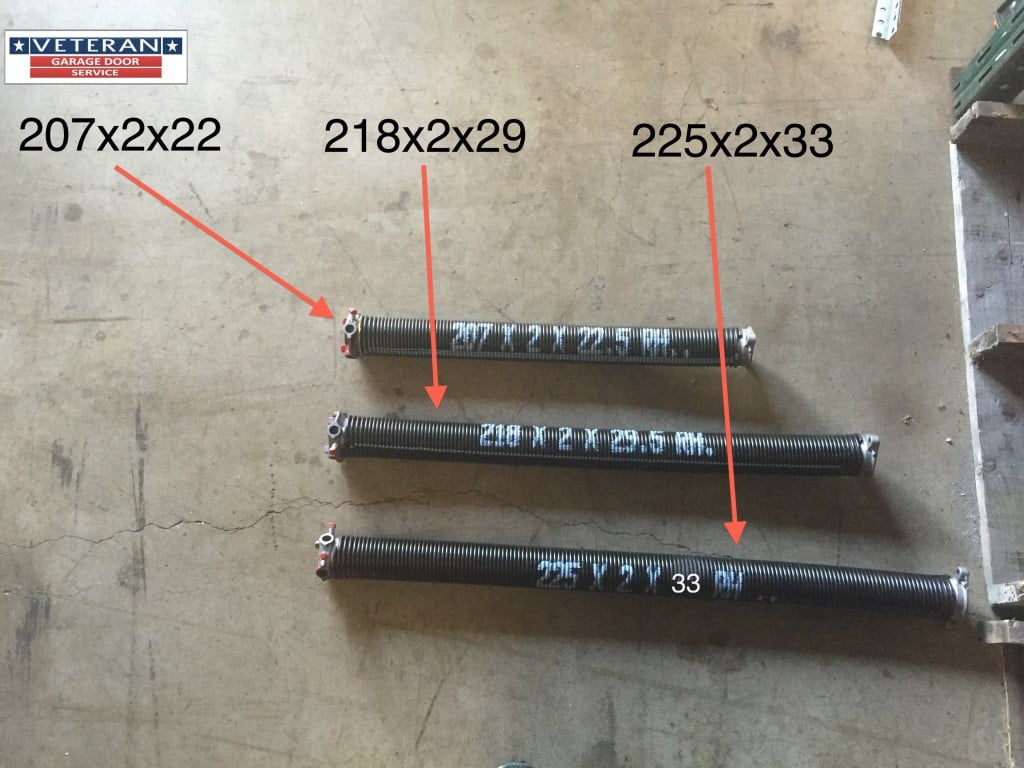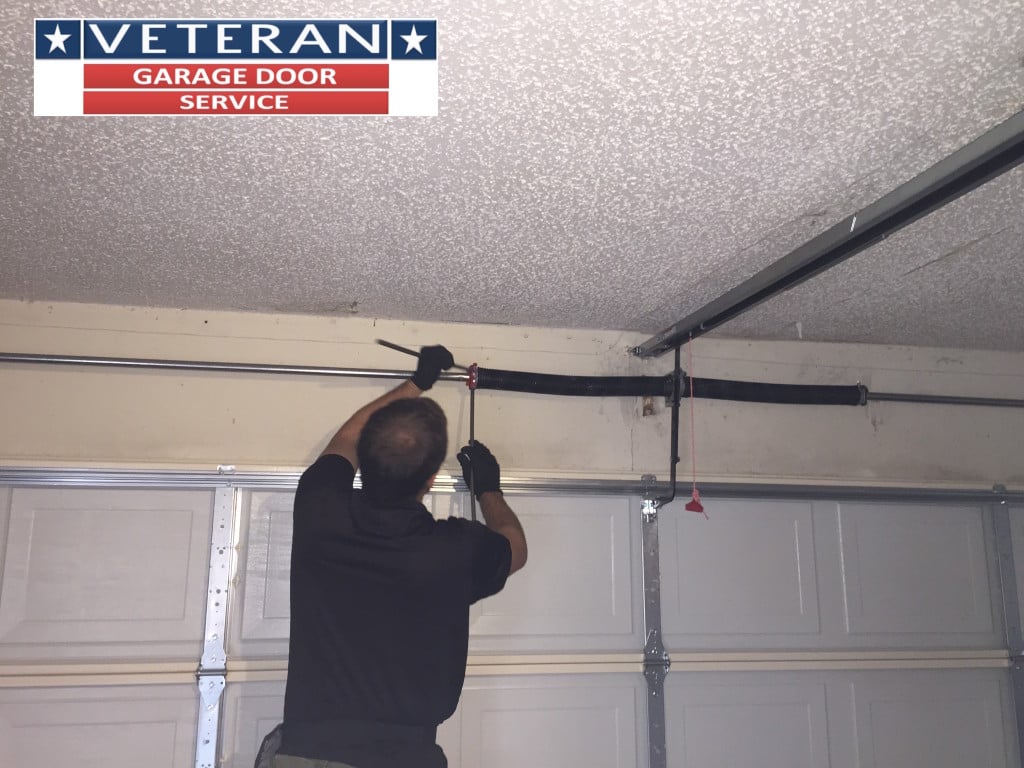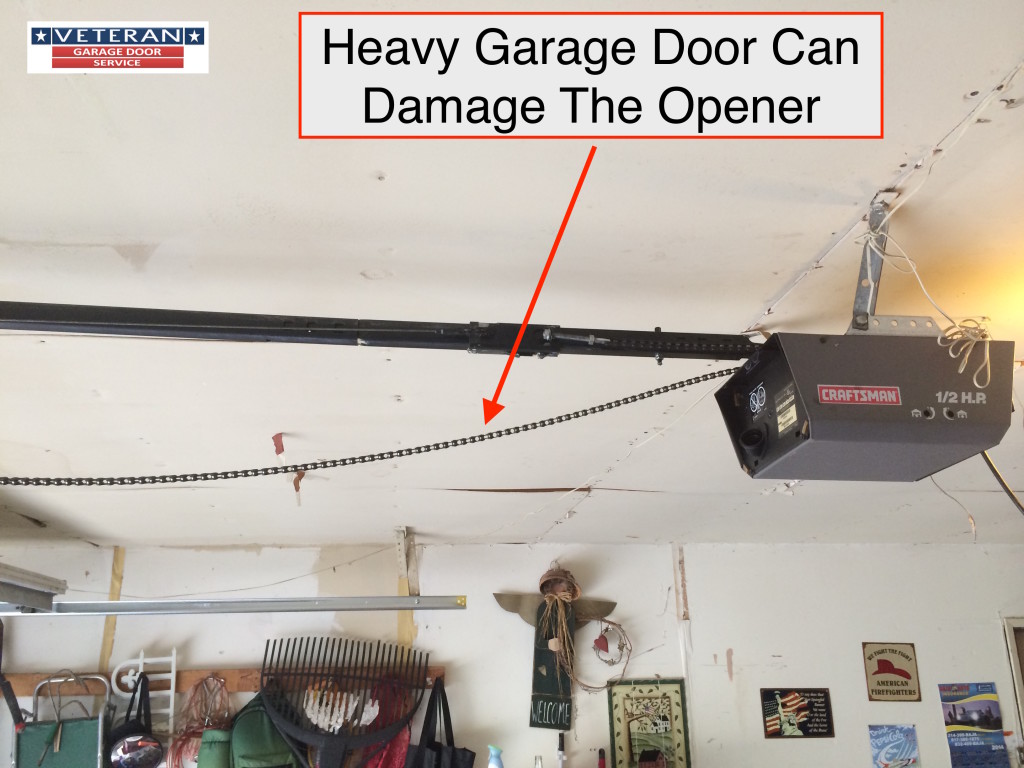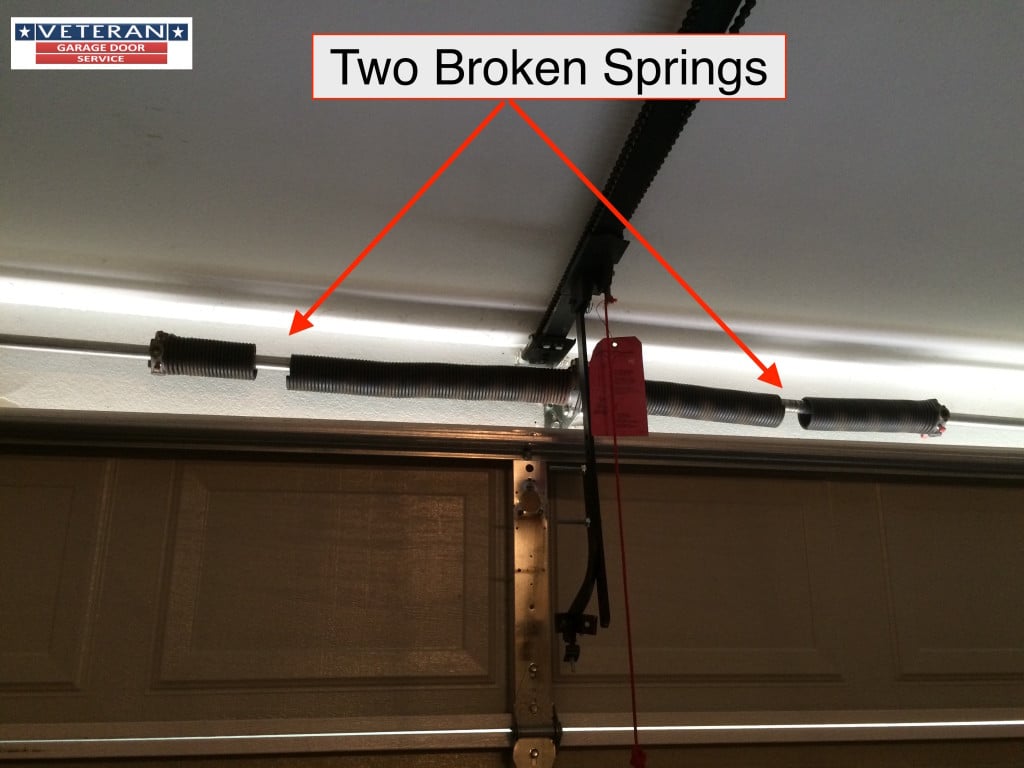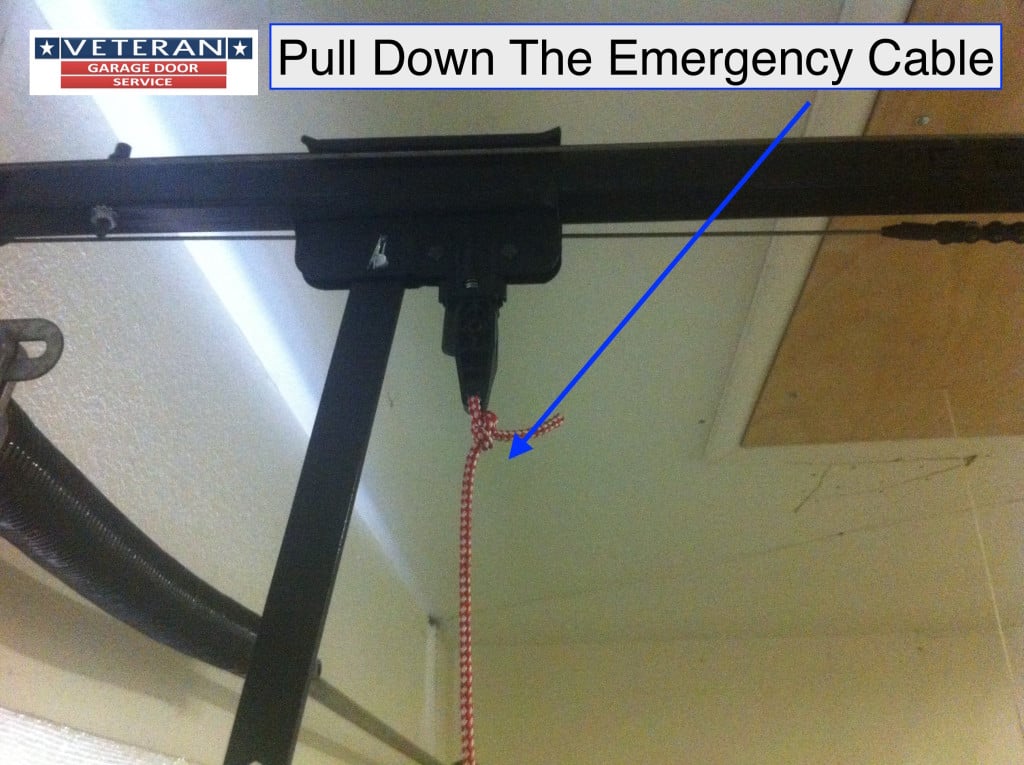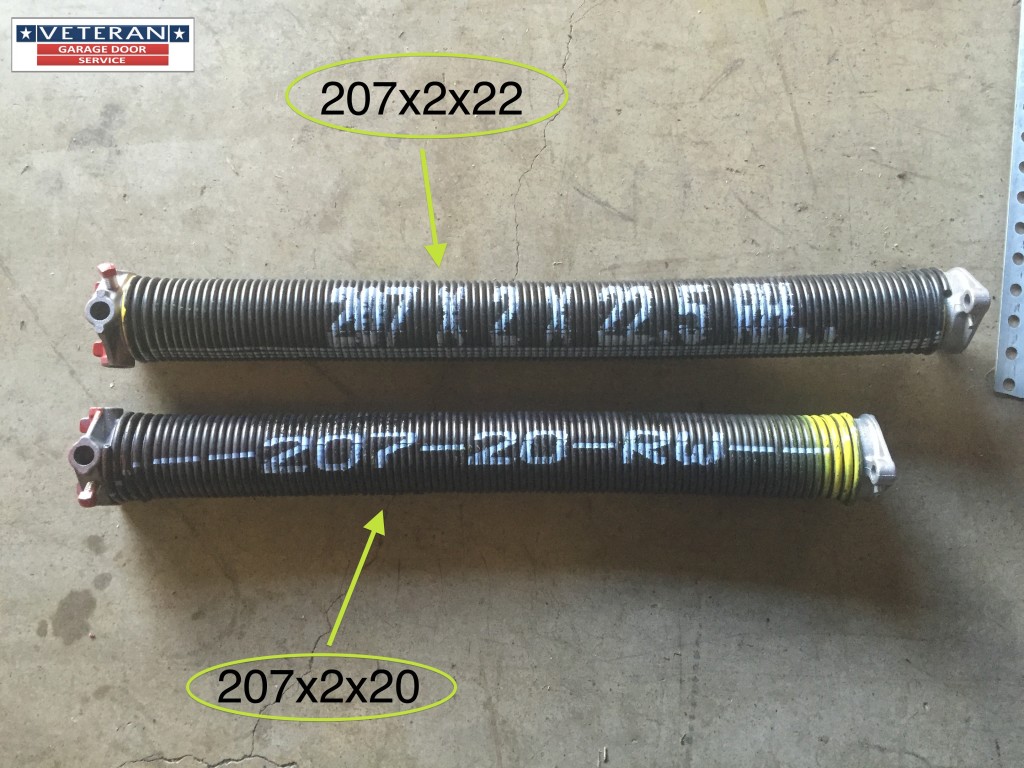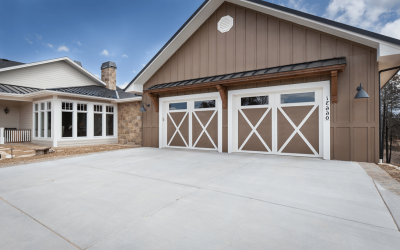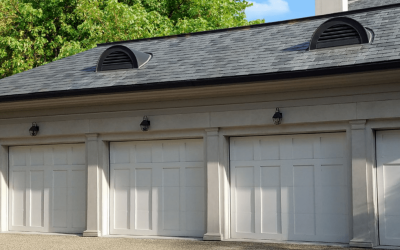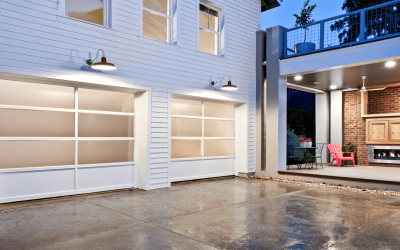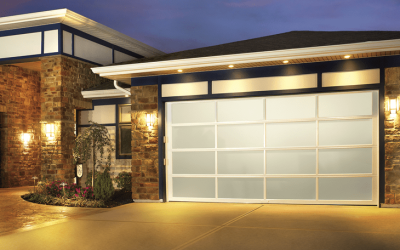Garage door springs are rated by the expected number of life cycles the spring will perform
before failure or breakage. A life cycle is equal to one open and one close of the garage door.
Most residential springs are rated at minimum 10,000 life cycles and the life cycles increase
from there. The number of life cycle for a given spring is based on several factors including the
gauge of wire used to make the spring coils, the inner diameter of the spring and the length of
the spring.
Every size spring will not work on every door. To determine what size spring(s) you need on
your garage door is dependent on the weight of your garage door and its components. Once
you determine the weight of the door you need to find the doors IPPT rating to determine
proper spring size. This will provide a range of springs that can be used and from that range of
springs you can determine how many life cycles the springs are rated for. Typically the more life
cycles, the more costly the spring. Example a 207X2X22.5 spring is rated for 10,000 life cycles
while a 218X2X28.5 spring is rated for 20,000 life cycles and a 225x2x33 spring is rated for
30,000 life cycles all of the springs are also rated to lift the same amount of weight. The
difference in these springs is the gauge of the wire used to make the coils and the length of the
springs.
Using the proper size spring is crucial to safety and life span of your garage door, its
components and even the garage door opener. A spring that is too small will result in a door
that is very heavy to open which results in premature failure of the garage door, garage door
components and the garage door opener.
A spring that is too large will result in a door that is to
hot when it opens, meaning the door will try to fly open, which can damage the door, door
components and the garage door opener. Too large of a spring will also make the door very
difficult to close again putting unnecessary stress on the garage door opener and the garage
door components. It is always best to have a trained garage door technician evaluate your door
and make recommendations for spring sizes to use on your garage door. The weight of your
garage door will determine what spring(s) are best suited for your garage door. The range of
springs could be a single spring or two or more springs for very heavy doors.
Whenever possible
we recommend using more than one spring. Multiple springs will provide for a more even
distribution of the load to be lifted across the garage door. In most cases it is not much more
expensive to use two springs as opposed to one spring. We also highly recommend replacing all
springs at the same time because when one spring breaks or fails the other is probably not far
behind, and the cost of doing them at the same time is less than replacing them separately.
There is no exact science in predicting when a garage door spring will break, there are some
guidelines to use and tests you can perform. The first thing to do is to regularly check the
balance of your garage door. This is a simple test to do and will only take a few minutes. Start
with the garage door in the closed position. With the garage door closed disconnect the opener
from the door by pulling the red handle or rope, this disengages the trolley and will allow you
to open and close the garage door manually.
Slowly open the garage door by hand. If the door
is very heavy then either the garage door spring(s) are failing or need the tension adjusted. As
you open the door, stop at the break for each panel/section, the door should stay in place and
should not fall toward the floor or try to continue up. If the door falls toward the floor or tries
to continue up, the spring is failing or needs the tension adjusted. With the door open perform
the same test closing. Slowly close the door by hand. The door should close easily and should
stop and remain in place at each panel/section break. If your door is not balanced and fails any
part of this test, call a garage door repair technician to replace the spring(s) or to adjust the
tension. Regular testing of the balance of your garage door will help you notice any changes to
the strength of the spring(s) and thus help you know when the spring is getting weak and in
need of replacement. Again this is not an exact science and only one factor to consider in
predicting when a garage door spring will fail or break. Another was to predict when the
spring(s) might fail or break is to figure the average number of times per day you open and
close your garage door. Once you have decide on your average number of open and closes of
the garage door, multiply that number by 365, the number of days in a year. This will give you
an average number of cycles per year. Divide the number of life cycles your spring(s) is rate for
by the average number of yearly life cycles and you will have an estimate of how long your
spring should last. Example you average 3 open and close cycles per day, 3X365=1095 life cycles
per year the spring is rated for 10,000 life cycle, 10,000 divided by 1095=9.13 years is
approximately how long the spring should last.
The actual number of life cycles could be more or less depending on the use of the proper
spring(s) to begin with and the external factors present in your garage. If you live in a high
humidity area rust will factor in and can shorten the springs life span. If the spring is exposed to
corrosives it can shorten the springs life span as well. There is also the possibility of the
spring(s) metal pitting which weakens the springs and shortens the life span. Regular
maintenance will help improve the life span of the spring. Maintenance should include regularly
checking the door balance and oiling the spring(s) and other moving garage door components.
Your garage door should be oiled at least twice per year more often in high humidity or highly
corrosive environments. Using a quality garage door lubricant, spray each roller, hinge and
spring(s). Lubricating will help reduce rusting and help prevent dirt and dust from damaging the
moving parts of the garage door. Quality garage door lube can be purchase at your local home
improvement store like Home Depot or Lowes or from a local garage door service company.
Use only garage door lubricant stay away from standard WD40 or similar products.
Remember this is not an exact science and these are just ways to predict approximate life
expectancy of the garage door springs. Your springs could have a longer life span or a shorter
life span dependant on many uncontrollable factors.




